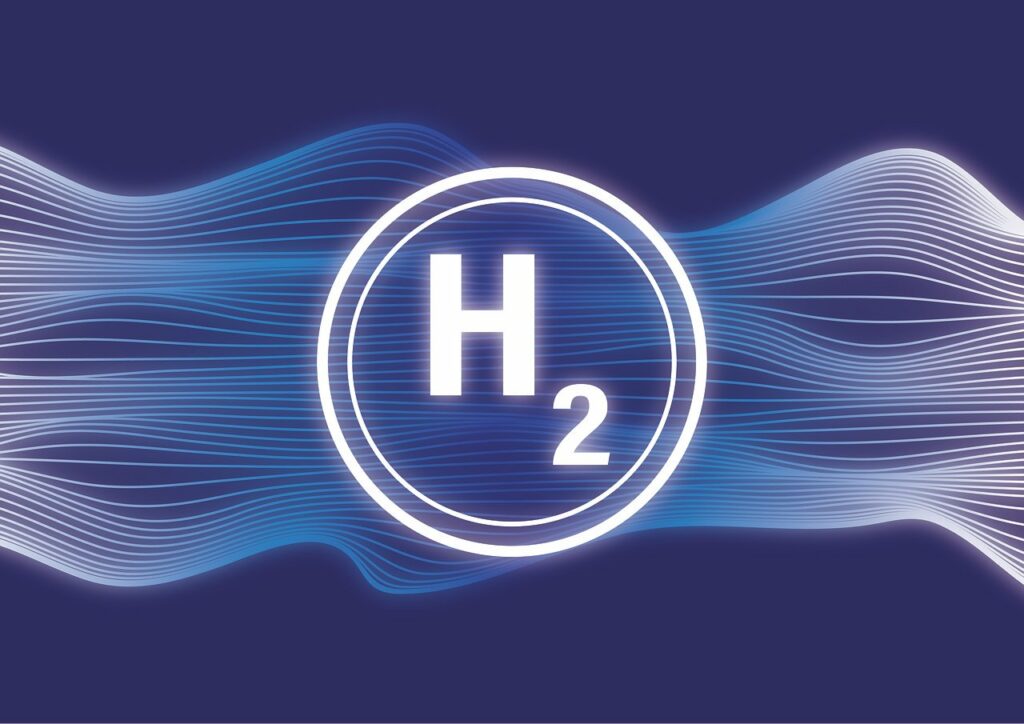The transition to a net-zero carbon future is an aspiration shared by many nations worldwide, driven by the pressing need to combat climate change.
Hydrogen, particularly “green” hydrogen produced from renewable sources, has emerged as a promising clean energy carrier. The International Energy Agency (IEA) has laid out projections and scenarios for the role of hydrogen in achieving a net-zero world. In this article, we’ll delve into the IEA’s analysis, exploring its goals, the technology involved, potential impacts, and the challenges that must be navigated.
The IEA anticipates that by 2030, hydrogen will play a pivotal role in the quest for net-zero carbon emissions. The primary goal is to allocate a significant portion of this hydrogen demand to the power sector. It will act as a valuable resource, providing flexibility for grids increasingly dominated by renewable energy sources. The hydrogen production technologies encompass various approaches, including nuclear, hydropower, batteries, and demand-side response strategies.
By 2030, the IEA projects a demand for 22 million tonnes of clean hydrogen for the power sector and 20 million tonnes for industrial applications. This green hydrogen will contribute to reduced carbon emissions, aligning with net-zero objectives.
However, a shift is expected by 2050. While power generation’s share of hydrogen will surge to almost 75 million tonnes, the majority of hydrogen will be used directly as a transport fuel or as a feedstock for the production of e-fuels. This shift reflects a broader strategy to address emissions across industries and transportation, aiming for a comprehensive approach to carbon reduction.
The IEA emphasizes the need to break this cycle and foster better coordination of manufacturing investments, low-emission hydrogen projects, and the creation of demand. It suggests that this coalescence is essential to achieving the hydrogen production levels projected in the scenarios.
The IEA also highlights the evolving estimations regarding fossil gas consumption in a net-zero world. It foresees a significant drop in gas consumption by 2050, largely attributed to lower hydrogen production from natural gas with carbon capture, emphasizing the increasing role of hydrogen production through electrolysis.
The IEA envisions a globally traded hydrogen market by 2050, with regions such as the EU, Japan, and South Korea expected to be net importers. Meanwhile, the Middle East, Latin America, Australia, North Africa, the US, Canada, and China will likely be net exporters.
The agency underscores the necessity for governments to establish clear and harmonized policy frameworks to facilitate timely and coordinated investments in hydrogen infrastructure and production, creating a supportive environment for the energy transition.
The future of hydrogen in a net-zero world remains both promising and challenging. It is a multifaceted endeavor that will require concerted global efforts, technological advancements, and policy collaborations to reach its potential as a cornerstone in the fight against climate change.
